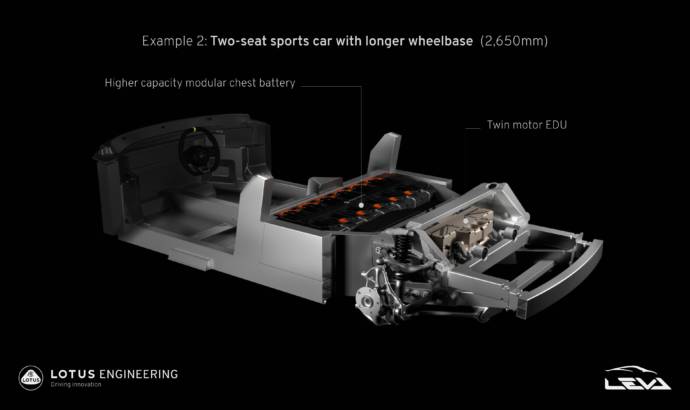Lotus will develop a new generation of cars, designed to be eco friendly. We already saw the last Lotus on gasoline.
Just weeks after Lotus confirmed it will be launching a new family of EV performance cars, it has given a world premiere to the innovative new lightweight chassis technology that will underpin the electric sports car in the range.
The new structure has been developed through Project LEVA (Lightweight Electric Vehicle Architecture), announced last October by Lotus. Project LEVA is a research programme that’s accelerating the development of all-new lightweight structures for next-generation battery electric vehicles.
Today Lotus can reveal it’s this structure developed through Project LEVA which will be integrated into the company’s new architecture for electric sports cars. Thanks to the innovation of Lotus and the Project LEVA partners, the rear structure is 37% lighter than it is on the Lotus Emira V6. It means Lotus now has the ‘blueprint’ for the next generation of electric sports cars, for future Lotus products and for the Lotus Engineering consultancy to commercialise.
It is fully adaptable to provide a platform for a range of EVs with variable layouts, wheelbase lengths, battery sizes and configurations. a single vehicle architecture can accommodate two different types of battery configurations:
– ‘Chest’ layout, where the modules are stacked vertically behind the two seats. A chest layout is a ‘mid-mounted power pack’, ideal for sports car / hypercar vehicle types where a low overall ride height and low centre of gravity are required, and as seen on the Lotus Evija pure electric hypercar.
– ‘Slab’ layout, where the modules are integrated horizontally under the cabin. This is most suitable for vehicles where a higher ride height and a taller overall profile is required. It is often referred to as a ‘skateboard power pack’ layout.
The innovative new subframe features cylindrical battery cells for high energy density, with the option of a single or twin electronic drive unit (EDU) to support. Cold cure, spot bonding and advanced weld processes mean reduced environmental impact during assembly.
The next stage of the project is for Lotus to continue development of the all-electric vehicles which will be built on this new architecture.



